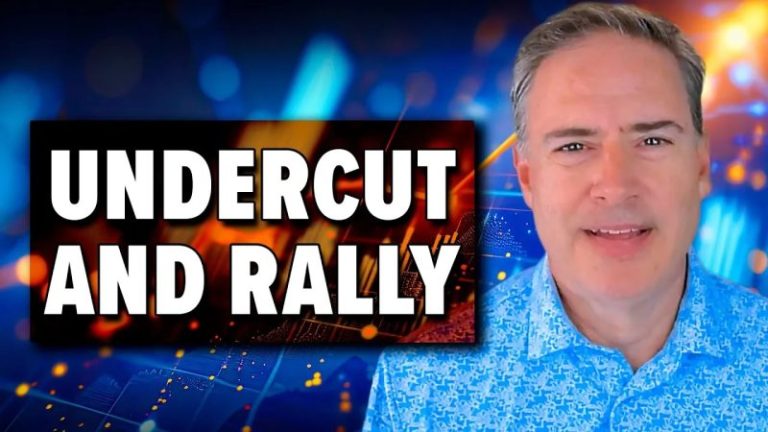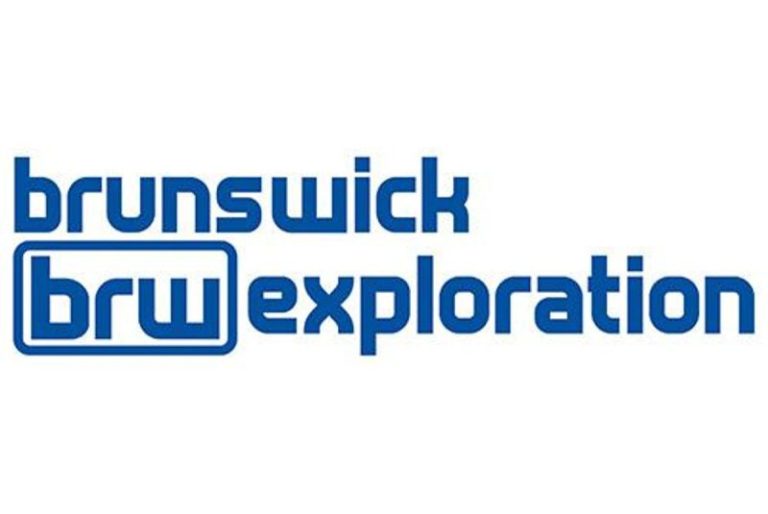The United States appears to be moving closer to joining Israel’s conflict with Iran with a possible strike on the country’s key nuclear facilities – including the Fordow Fuel Enrichment Plant, which is hidden deep inside a mountain.
Days into Israel’s attacks on Iran and its nuclear program, Israeli leaders are waiting to learn whether US President Donald Trump will help them finish the job.
“I may do it, I may not do it. I mean, nobody knows what I’m going to do. I can tell you this, that Iran’s got a lot of trouble and they want to negotiate. And I said, why didn’t you negotiate with me before all this death and destruction,” Trump told reporters at the White House on Wednesday.
Iran experts warn that a US attack on Iran could draw it into a quagmire even more challenging than the wars in Iraq and Afghanistan – a drawn-out confrontation that could last the duration of Trump’s presidency and exact a heavy toll on American lives and resources at Israel’s behest.
Tehran may not be able to sustain a long fight with the US, but it won’t be an easy war for Washington either, he said.
“Iran is a very large country, which means there would be a very large number of targets the United States would have to hit to take out Iran’s ability to strike back,” Parsi said, noting that this would be happening when there isn’t widespread support for a war with Iran in Trump’s own camp.
“Once you open up this Pandora’s box, we have no idea where things go,” Geranmayeh said. “Trump has, in the past, stepped back from the brink of war with Iran, he has the ability to do so again.”
The Islamic Republic already sees the US as complicit in Israel’s attacks on Iran, saying the Israelis are attacking it with American weapons; and some Iranian officials have said that Tehran has already prepared itself for a “full-blown, drawn-out war.”
On Wednesday, Supreme Leader Ayatollah Ali Khamenei said Iran would not back down, a day after Trump called for “UNCONDITIONAL SURRENDER!” in a social media post.
“Let the Americans know that the Iranian nation is not one to surrender, and any military intervention on their part will undoubtedly result in irreparable damage,” Khamenei said in a national address.
Direct US involvement in the conflict could see Iran activate what remains of its proxies across Iraq, Yemen and Syria, which have previously launched attacks on American assets in the region.
Knowing that it can’t outright win a conflict against Israel and the US, experts say Tehran could seek to engage in a war of attrition, where it tries to exhaust its adversary’s will or capacity to fight in a drawn-out and damaging conflict, as it did during the decade-long war it fought with Saddam Hussein’s Iraq in the 1980s.
“The Iranian strategy may end up being just to try to sustain themselves, strike back as much as they can, and hope that Trump eventually tries to cut the war short, as he did in Yemen,” Parsi said.
After months of strikes on Yemen’s Iran-backed Houthi rebels, the US in May struck a ceasefire deal with the group, to Israel’s dismay.
“Here is how Tehran sees a chance of winning such a war of attrition,” Abdolrasool Divsallar, senior researcher at the UN Institute for Disarmament Research, wrote on X. “Benefiting in the long term from its offensive capabilities and exhausting US-Israel combined defense forces.”
“US entrance into this war is a bad and costly decision for everyone,” Divsallar added.
In a Persian language post directed at Trump on X, former Iranian nuclear negotiator Hossein Mousavian, who now lives in New Jersey, called on the president to be a “president of peace,” warning that a strike on Fordow would be both fruitless – as Iran has probably moved some of the advanced centrifuges to other locations – and likely to push Iran to a seek a nuclear bomb.
“With one wrong decision, you may not only be responsible for Iran’s decision to build a nuclear bomb, but also lead the United States into a war whose consequences for the American people will be far more damaging than the US attacks on Afghanistan and Iraq,” Mousavian wrote.
Parsi said if Iran’s nuclear program is destroyed, it could just be a matter of time to build a bomb should the government choose to do so.
“The Iranians have the knowhow and capacity to rebuild everything,” Parsi said. “All it (an attack) does is that it sets it back while dramatically increasing Iran’s motivation to build a nuclear weapon.”
Fordow is seen as the most difficult and sought-after target for Israel in its desire to destroy Iran’s nuclear infrastructure. But what exactly is inside the secretive facility is unclear, Parsi said.
“The main enrichment was taking place in Natanz (nuclear facility). Fordow was doing other things, more research,” he said, adding that it’s not entirely clear where Iran keeps its stockpile of enriched uranium.
Whether a US strike can successfully destroy the complex that is hidden deep in a mountain close to the holy city of Qom also remains unclear.
Fordow’s main halls are an estimated 80 to 90 meters (around 262 to 295 feet) underground – safe from any aerial bomb known to be possessed by Israel.
Yechiel Leiter, Israel’s ambassador to the US, has said that only the US Air Force has the weapon that can destroy the site. But analysts caution that there’s no guarantee that even America’s “bunker buster” bomb – the GBU-57/B, known as the Massive Ordnance Penetrator – could do the job.
Israel’s relentless bombing of Iran and its nuclear facilities has raised regional concern about potential radioactive fallout, which could spread far beyond Iran’s borders should a nuclear plant be struck.
Iran has only one nuclear power plant, located in the southeastern city of Bushehr – and Israel has not targeted it.
Scott Roecker, the vice president for Nuclear Materials Security at the Nuclear Threat Initiative, said there wouldn’t be a major radiation dispersal risk at Fordow “because that enriched uranium is fresh, as we call it in the industry.”
“It’s not been run through a reactor, and so you wouldn’t have radiation spread out over a large area, like you would, for example, if they would bomb Bushehr, the operational nuclear power plant, that would result in the dispersal of a lot of radiation.”
“It’d be localized around the site, and because it’s buried underground too, I don’t know you know how much of that would even be released,” Roecker added.
Behnam Ben Taleblu, a senior director at the Iran program at the Foundation for Defense of Democracies (FDD), a Washington, DC-based pro-Israel think tank, described the potential damage as being a chemical problem – a different kind of fallout than bombing a nuclear reactor.
There would be some concern, he said, but noted the risk is not as large as hitting a live reactor.
This post appeared first on cnn.com










